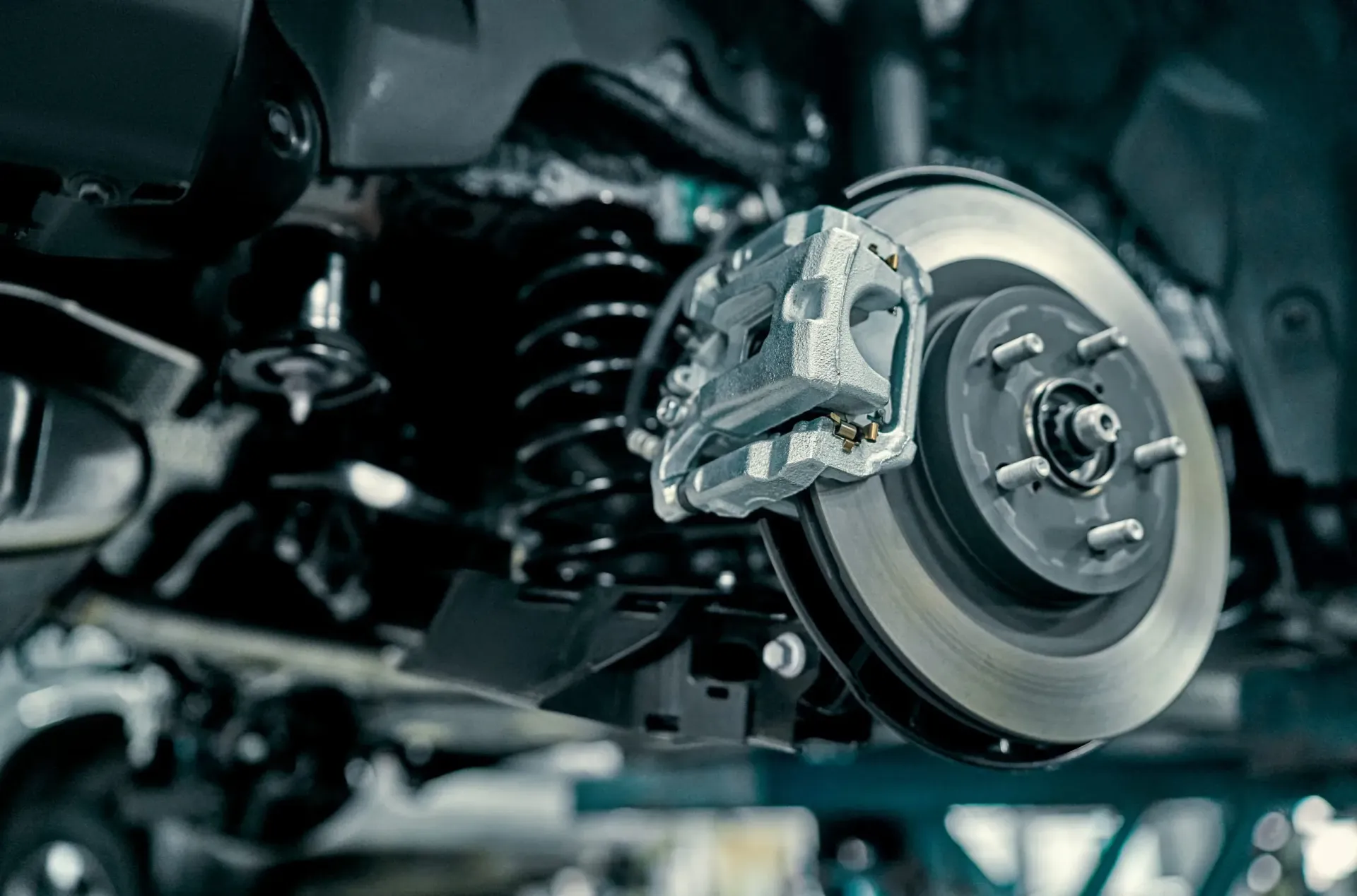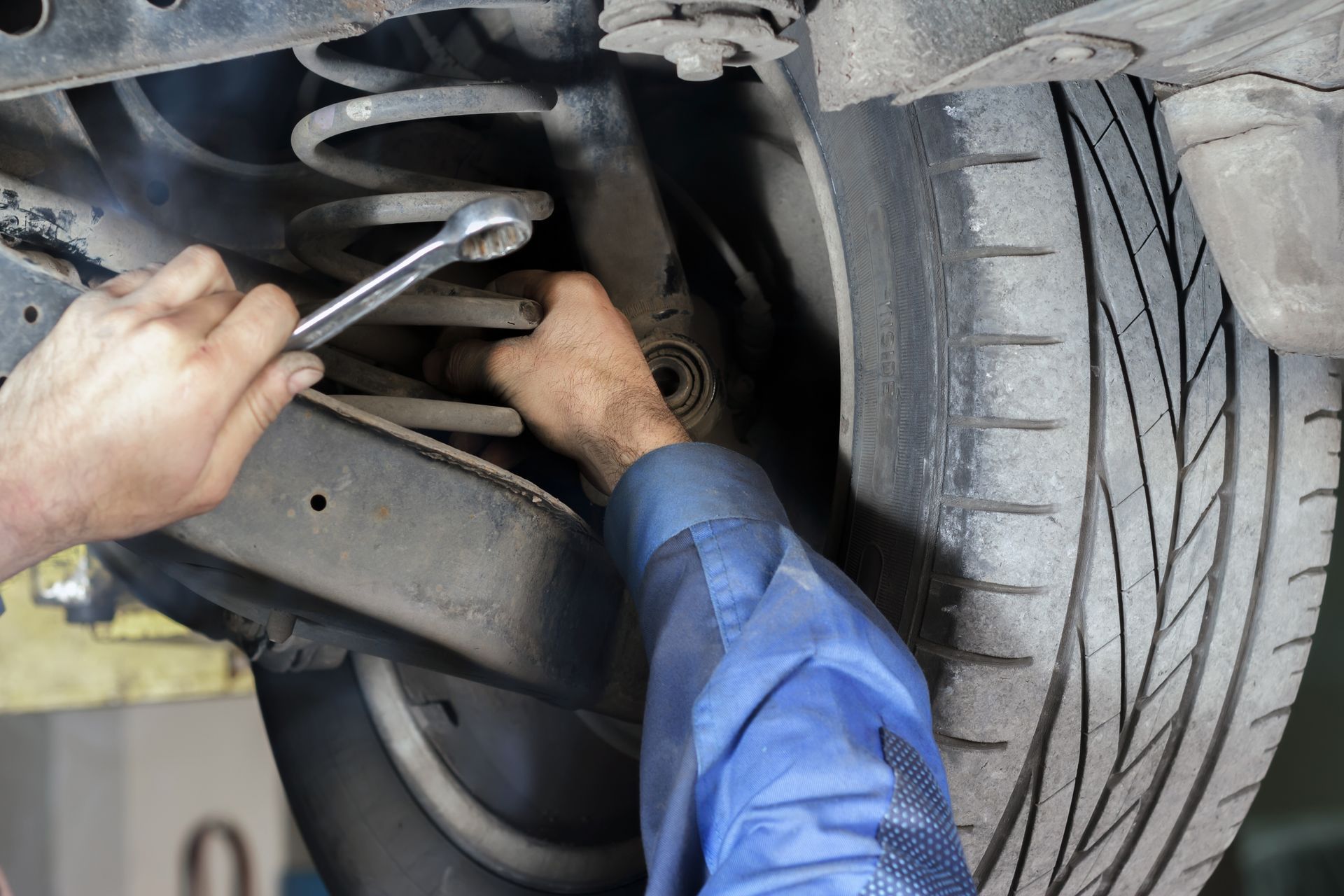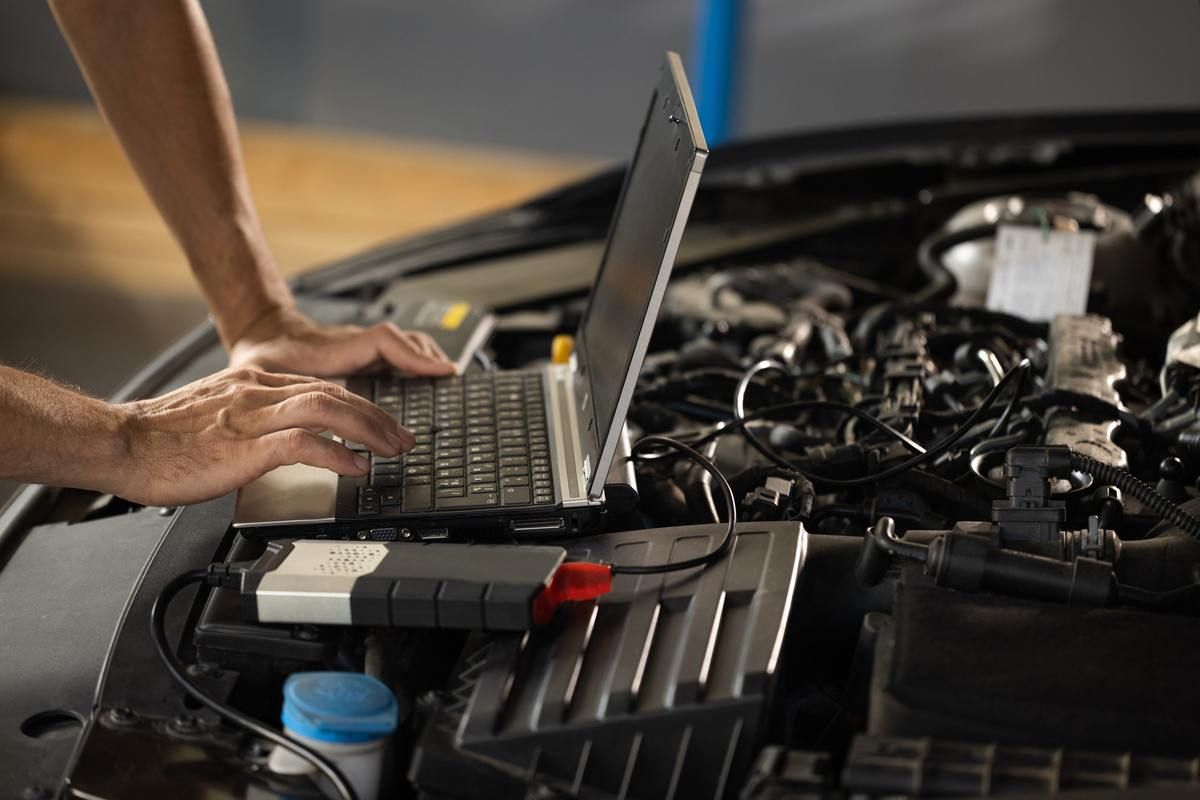Preparing for the Road: The Essentiality of Pre-Trip Inspections in Vehicle Care
Before embarking on any journey, whether a short or a long road trip, performing a thorough pre-trip inspection of your vehicle is crucial. A pre-trip inspection is a systematic process of checking various components and systems of your vehicle to ensure its safety, reliability, and optimal performance on the road. We will delve into the importance of pre-trip inspections and provide valuable tips for conducting a practical assessment.
Importance of Pre-Trip Inspections
Ensuring Safety
Performing a pre-trip inspection helps identify potential safety hazards before they turn into accidents on the road. By thoroughly examining your vehicle’s critical components, such as brakes , tires , lights, and fluid levels, you can detect any issues that could jeopardize your safety and that of your passengers.
Preventing Breakdowns
Nobody wants to experience a breakdown in the middle of a journey. However, regular pre-trip inspections can help you catch any underlying mechanical problems or signs of wear and tear. Addressing these issues before setting off can save you from unexpected breakdowns and the inconvenience they cause.
Extending Vehicle Lifespan
Regular inspections contribute to the longevity of your vehicle. By identifying and addressing potential problems early on, you can prevent further damage to critical components, thus extending the overall lifespan of your vehicle.
Peace of Mind
Knowing that your vehicle has undergone a thorough pre-trip inspection provides peace of mind. You can embark on your journey with confidence, knowing that you have taken the necessary precautions to ensure the safety and reliability of your vehicle.
Pre-Trip Inspection Tips
When performing a pre-trip inspection, following a systematic approach is essential. Here are some general tips to guide you through the inspection process:
Exterior Inspection
- Check the condition of the tires, including tread depth and any visible damage.
- Inspect all lights, including headlights, taillights, brake lights, and turn signals, to ensure they function properly.
- Examine the windshield, mirrors, and windows for cracks or chips that could obstruct your vision.
Under the Hood
- Check the fluid levels, including engine oil, coolant, and windshield washer fluid.
- Inspect the belts and hoses for wear, cracks, or leaks.
- Examine the battery terminals for corrosion and ensure they are securely connected.
Engine Compartment
- Inspect the engine for any signs of leaks, such as oil or coolant.
- Check the condition of the drive belts and ensure they are properly tensioned.
Cabin Inspection
- Check the functionality of all seat belts.
- Test the operation of the horn, windshield wipers, and all other dashboard controls.
- Ensure the mirrors are properly adjusted for optimal visibility.
Brakes and Suspension
- Test the brakes to ensure they are responsive and not making any unusual noises.
- Inspect the brake pads, rotors, and calipers for wear.
- heck the suspension system for any signs of damage or leaks.
Performing a pre-trip inspection can reduce the risk of accidents, breakdowns, and costly repairs. Following these tips will help you cover all critical areas of your vehicle and ensure its safety and reliability. Remember, a well-maintained vehicle leads to safer and more enjoyable journeys. Drive safely!











